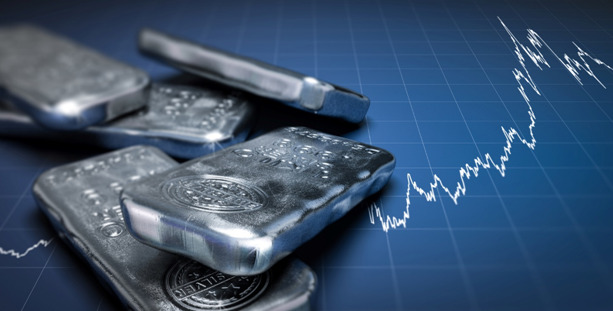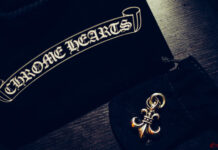Did you know the price of gold jumped 20% in 2020? Silver prices jumped a whopping 47%. Precious metal prices skyrocketed across the board.
Why did this happen? A market downturn caused by Covid-19 triggered investor interest in precious metals. Investors always turn to metals during periods of economic uncertainty.
Does current economic instability have you thinking about investing in precious metals? Do you want to the ropes? Read on for a beginner’s guide to precious metal investing.
Physical Precious Metals
This is the way many beginning investors buy precious metals. You trade paper money for gold, silver, and platinum.
You can buy gold coins, bullion, or ingots. Jewelry is a great way to dip your toe into the market. One a great thing you can buy is a personalised necklace, as it shows that you’re thinking of them and took the time to plan this special gift.
Pros
Many investors who buy precious metals do so as a long-term investment. Physical metals hold their intrinsic value. They’re also the best safeguard against an extreme market cataclysm.
Cons
Physical metal isn’t liquid. It’s harder to sell and see a short-term profit. It’s also hard to store and transport.
A large amount needs a safety deposit box or a home safe.
Certificates
When you buy precious metals, you can skip the hassles of physical ownership. Buying certificates is one way to do this.
Pros
Certificates give you the benefits of physical ownership without storage costs. They are proof of ownership of a certain amount of metal held by a bank.
Cons
They’re paper. People stockpile physical metal in case of an economic disaster. If the banks fail, your certificate might be worthless.
ETFs
Exchange-traded funds are security collections that feature a variety of stocks and bonds. Every precious metal has coinciding ETFs. They trade on the stock exchange floor like stocks.
Pros
ETFs trade like precious metal stocks. They are liquid. Because of this, investors can take advantage of market volatility for short-term profit.
Cons
ETFs aren’t a certificate of precious metal ownership. You can’t exchange them for precious metal materials.
While ETFs trade like stocks, gold ETFs are taxed as collectibles. The IRS taxes collectibles at 28%. The highest capital gains tax on dividends is 20%.
Mining Stock
Investing in precious metals doesn’t have to be a purchase of physical metal. Some investors enter the metal market with mining company stock.
Pros
Mining company stock is like any other stock. It’s liquid and trades easy. The stock prices often coincide with the market price of metals.
Dividends from mining company stock are also subject to the capital gains tax rate.
Cons
The market price of the metal isn’t the only price-determining factor. Production interruptions cause the price of an individual mining stock to fall.
This variable makes mining stock a riskier investment.
Precious Metals Investing for Long-Term Gain
Investors turn to precious metals during times of economic disruption. They’re a way to protect your money and diversify your portfolio.
They make a fantastic long-term investment because they hold their intrinsic value. Don’t wait. Invest in precious metals today.
Do you need more expert financial advice? Check out the rest of our page.


















